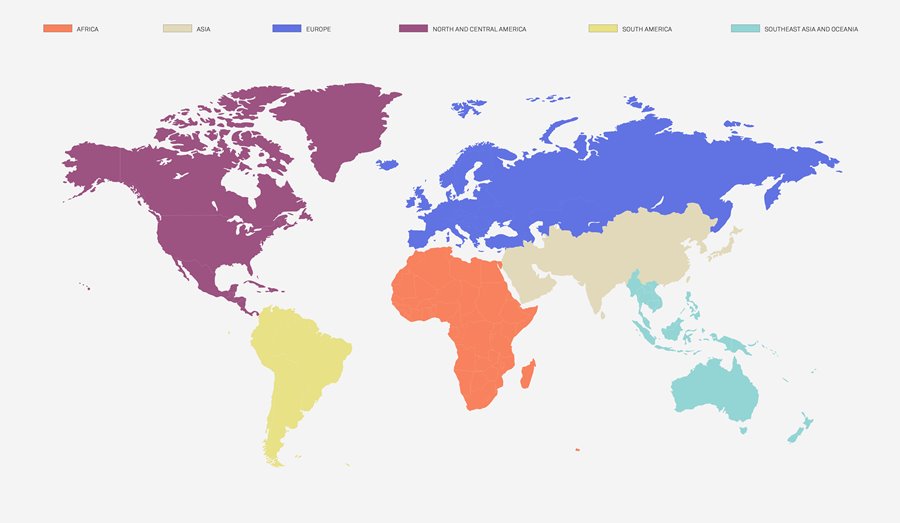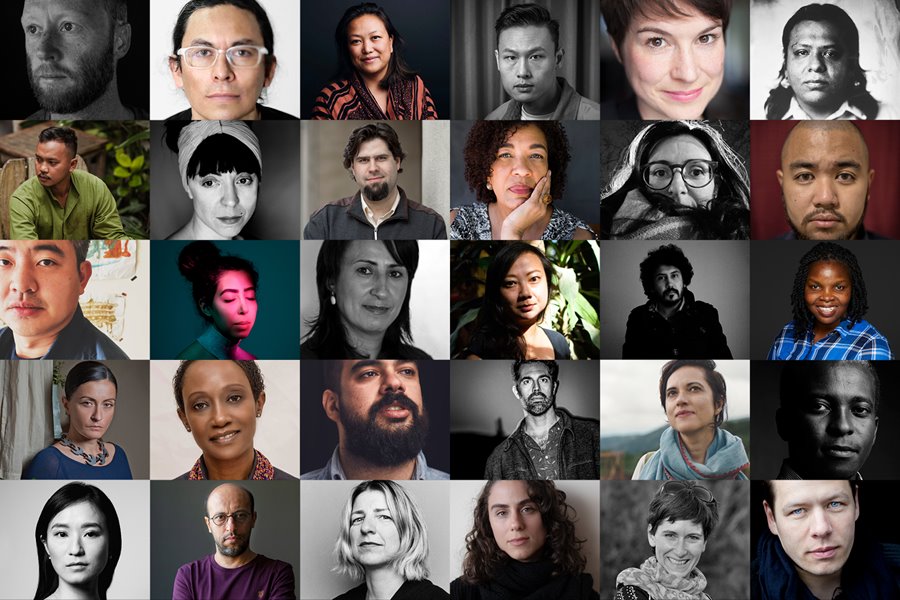by Manuel Beinat
_
Recently, quite inconspicuously, the organization of the World Press Photo, the most prestigious photojournalism contest in the world, has significantly revisited their method of selecting and awarding the works they receive every year from all over the globe.
The main criterion for collecting images is geographic, with the subdivision of the world into six macro-areas: Africa, North and Central America, South America, Asia, Southeast Asia, Europe and Oceania. The categories, on the other hand, identify the format that, after years of complicated approach to videos and new media, returns to focus on photography: single photos, stories, long-term projects, and the new Open Format.

Simplification, aimed at the inclusion and equal representation of all countries, is key within this new regional structure. The newborn division into macro-areas follows cultural, geographical and statistical criteria all within the politically correct realm; yet the World Press Photo Foundation, for the last thirty years, has always tried to avoid toxic ethnocentrisms by favoring a multicultural and multi-ethnic approach for both the awarders and the award-winners.
The change, in some ways almost revolutionary, of the World Press Photo should lead to a deeper reflection. The question of representation in photography has always been a debated topic, especially when photojournalists find themselves immortalizing social, cultural or political issues that do not belong to their background.
The geographical rearrangement of the World Press Photo enriches an already inclusive and contemporary formula and proposes a structure that the whole world of media should always keep in mind.
The awards will be given out on the basis of “a model as similar as possible to the division into continents”, previously tested for the “6×6 Global Talent Program” promoted by the organization. The jurors will mainly refer to the place where the photographs are taken, and to avoid ethnic, social or geographical prejudice, they will be able to know the nationality and gender of the author. The qualitative criterion of choice will be therefore counterbalanced by a political factor. However, the risk of forcing and the consequent fear of exclusion, is mediated by the fact that “the quality of the stories and photographs will remain central”.

The second, major structural and organizational change to the new edition is the choice to return (albeit not in full, given the presence of Open Format) to the static image. The return to the ontological essence of photography, to the etymology of the term, might seem a step back in the evolutionary process of the contemporary image, but, in a world where photography ends up more and more frequently hybridizing with alternative forms of visual art, the World Press Photo becomes representative of a selection system that is maybe more arbitrary, but certainly more respectful of the original media.
However, the contrast that is created within the new direction of the organization remains interesting: on the one hand, a regional simplification that embraces contemporaneity by promoting equal representation, on the other the limitation of the hybridizations of photography with the elimination of the ambiguous category of Digital Storytelling and the creation of Open Format, in order to preserve the evocative power and the artistic legacy of documentary photography and photojournalism in the classical sense.
All in all, an approach that somewhat reflects present times: always fluid, sometimes contradictory, but always open to change.
February 2022




